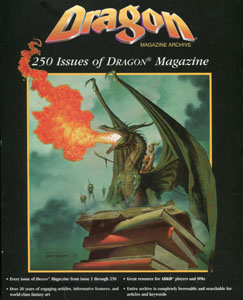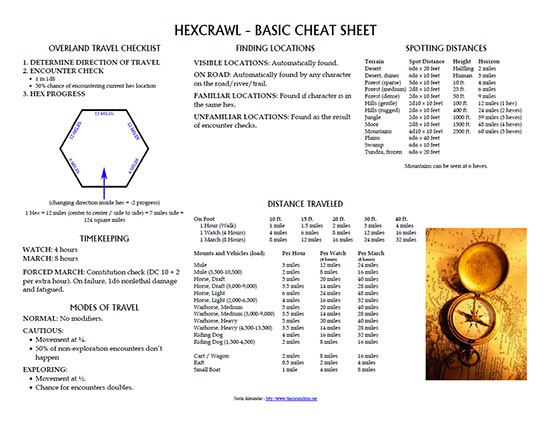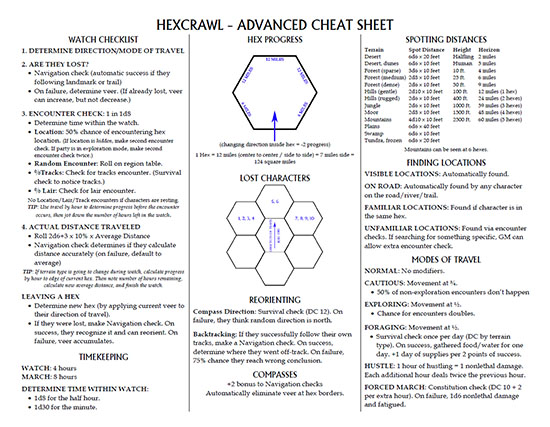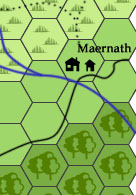 I think that anyone who spends a fair bit of time hanging out with Shakespeare’s plays ends up accumulating a few choice phrases that will restlessly bounce around the inside of their skulls. I’m not necessarily talking about the big quotes. (Those are pretty much culturally ubiquitous.) What I’m talking about are the snatches of lesser-known verse that just happen to velcro onto your subconscious.
I think that anyone who spends a fair bit of time hanging out with Shakespeare’s plays ends up accumulating a few choice phrases that will restlessly bounce around the inside of their skulls. I’m not necessarily talking about the big quotes. (Those are pretty much culturally ubiquitous.) What I’m talking about are the snatches of lesser-known verse that just happen to velcro onto your subconscious.
One of these, for me, is “disasters in the sun”. It tends to bounce into my mind whenever I’m confronted with a bit of misfortune or tragedy. The phrase comes from Hamlet. Specifically scene 1.1, where it is usually printed as:
In the most high and palmy state of Rome,
A little ere the mightiest Julius fell,
The graves stood tenantless, and the sheeted dead
Did squeak and gibber in the Roman streets;
As stars with trains of fire, and dews of blood,
Disasters in the sun; and the moist star
Upon whose influence Neptune’s empire stands
Was sick almost to doomsday with eclipse.
That quote, I’m afraid, is not actually truncated. Feel free to read it again a couple or three times if you like: It’s not actually a sentence. Nor is it immediately clear how it could become a sentence. In fact, it’s so unclear how the passage could become a sentence that it has effectively baffled 400 years worth of Shakespearean scholars and is almost universally cut from performances (presenting, as it does, an almost undeliverable challenge for any actor).
Things might be easier if we could compare the line across multiple original texts, but this passage appears only in the Second Quarto. Many early editors of the play assumed that there must be a line missing (which would conveniently contain the verb so desperately required by the latter portion of the passage). In fact, a goodly portion of the 1700’s were filled with a variety of scholars writing new verse lines and sticking them into the play, while others simply contented themselves with lifting a line from a similar passage in Julius Caesar and jamming it into place.
Another popular emendation was to semi-arbitrarily choose a word from the passage and turn it into a plausible-looking verbs:
Ay, stars with trains of fire and dews of blood,
Did darken e’en the sun…
As stars with trains of fire and dews of blood
Did enter in the sun…
Stars shone with trains of fire, dews of blood fell,
Disasters veil’d the sun…
Astres with trains of fire and dews of blood
Disastrous dimmed the sun!
THE OXFORD EMENDATION
More recently, G.R. Hibbard, in the Oxford Edition of the play, hypothesized the following emendation:
…and the sheeted dead
Did squeak and gibber in the Roman streets
At stars with trains of fire, and dews of blood,
Disasters in the sun; and the moist star
Upon whose influence Neptune’s empire stands
Was sick almost to doomsday with eclipse.
Hibbard’s assumption is that Q2 text comes from “the compositor’s mistaking t for final s“.
(Amusingly, if you do a Google Books search for “at stars with trains of fire” you will find several such uses which appear to precede Hibbard’s emendation… but they are all the result of Google’s OCR software misidentifying “as” to read “at”. A digital inversion of the human error Hibbard hypothesizes.)
Hibbard’s emendation is to be praised (and has proven quite popular; being adopted into Arden’s Third Edition of the play, for example). It is commendable in its simplicity, and by turning the “stars with trains of fire”, “dews of blood”, and “disasters in the sun” into the objects at which the sheeted dead are squeaking and gibbering it succeeds in granting at least some sense.
However, even with the emendation the wording of the passage is quite awkward. Writing “stars with trains of fire, and dews of blood, disasters in the sun” instead of “stars with trains of fire, dews of blood, and disasters in the sun” could perhaps be excused as poetic license and the necessity of proper scansion. But a construction which is awkward on its own merits suddenly runs wholly aground on the rockiness of the next clause: “… and the moist star, upon whose influence Neptune’s empire stands, was sick almost to doomsday with eclipse.”
If one squints closely enough, it is possible to pick out the larger construction: “The sheeted dead (did a whole bunch of stuff) and the moist star was sick almost to doomsday with eclipse.” But the seemingly mis-sequenced “and” in the listing of calamities makes it virtually impossible to actually say such a passage aloud and have it make any sense.
A NEW EMENDATION
In preparing our script from the Complete Readings of William Shakespeare, however, I realized that, while Hibbard was on the right track, he’d misidentified which word had its final character misread by the compositor. Here is the correct reading of the passage:
In the most high and palmy state of Rome,
A little ere the mightiest Julius fell,
The graves stood tenantless, and the sheeted dead
Did squeak and gibber in the Roman streets
As stars with trains of fire and dews of blood
Disaster’d in the sun and the moist star,
Upon whose influence Neptune’s empire stands,
Was sick almost to doomsday with eclipse.
Those who had groped to find the missing verb in this morass (darkening, dimming, and distempering the word “disasters” in their efforts) were also on the right track… they just didn’t realize that the verb was staring them in the face, cleverly hidden by a “d” that had metamorphosed into an “s”.
Of course, this means that Shakespeare never actually wrote the snippet of text that has been echoing around my head for the better part of a decade now. I might be a little sad about that, but check this out:
A survey of Hamlet texts and variorium seems to confirm that the correct reading of this passage has never been published, suggesting that it hasn’t appeared on a stage as Shakespeare wrote it in more than 400 years. (In fact, it may have never been performed on a stage, depending on whether or not the Q2 version of the script was ever staged by the Lord Chamberlain’s Men.)
But on Monday, at the James J. Hill House in St. Paul, it will be.
How cool is that?
Originally posted on November 19th, 2010.





 In this case, the PCs are in the city of Maernath, located in hex O6. Maernath is an old city-state in this setting. It was here long before the Duchy of Thracia began pushing east in recent years (establishing the Keep on the Borderlands and the logging village of Caerdheim to the south) and the City Fathers occasionally chaff against the “authority” of the newcomers. Although the early adventures of the PCs were based primarily out of Caerdheim (which was near the
In this case, the PCs are in the city of Maernath, located in hex O6. Maernath is an old city-state in this setting. It was here long before the Duchy of Thracia began pushing east in recent years (establishing the Keep on the Borderlands and the logging village of Caerdheim to the south) and the City Fathers occasionally chaff against the “authority” of the newcomers. Although the early adventures of the PCs were based primarily out of Caerdheim (which was near the 









